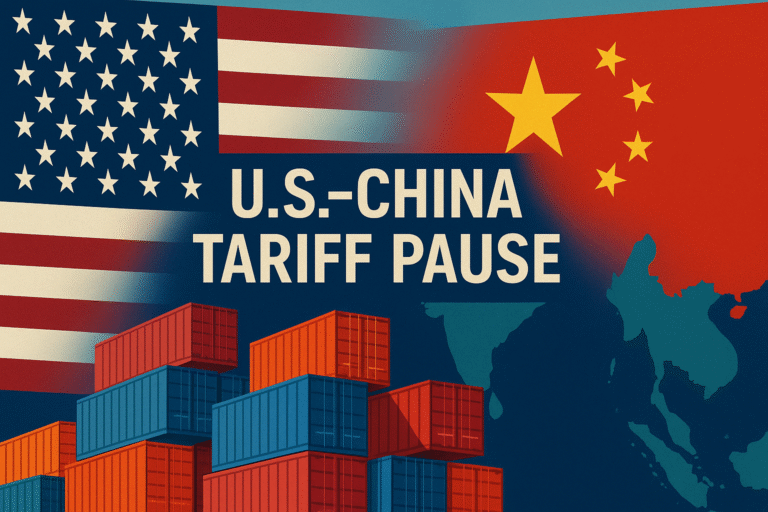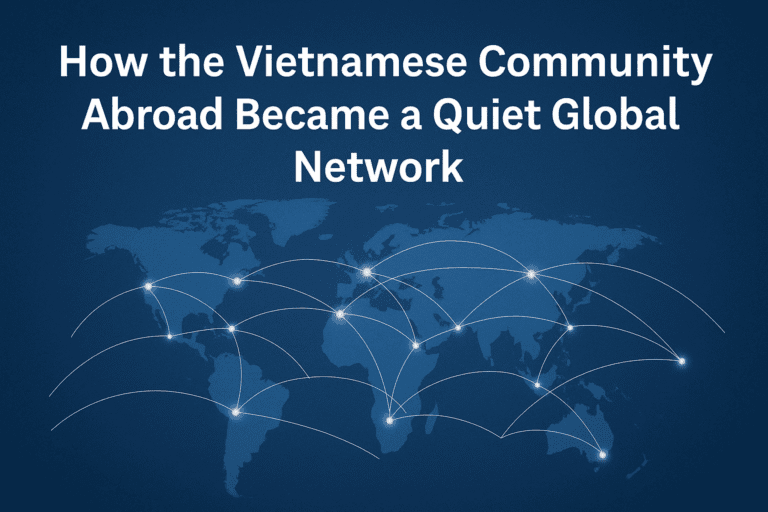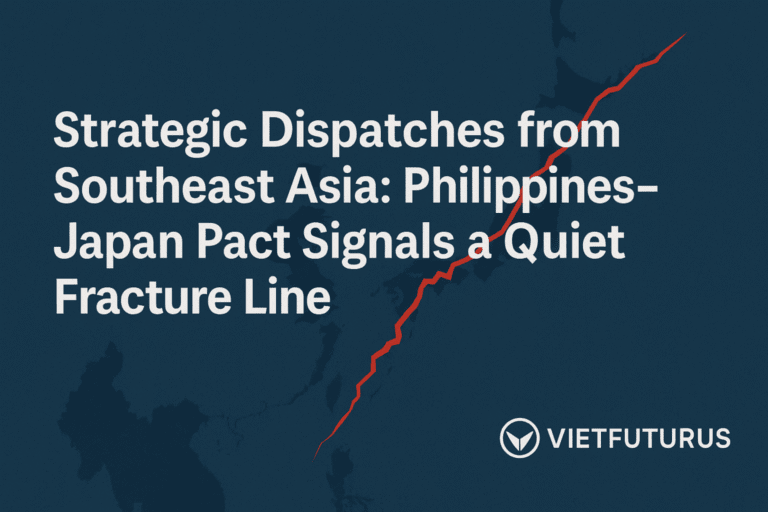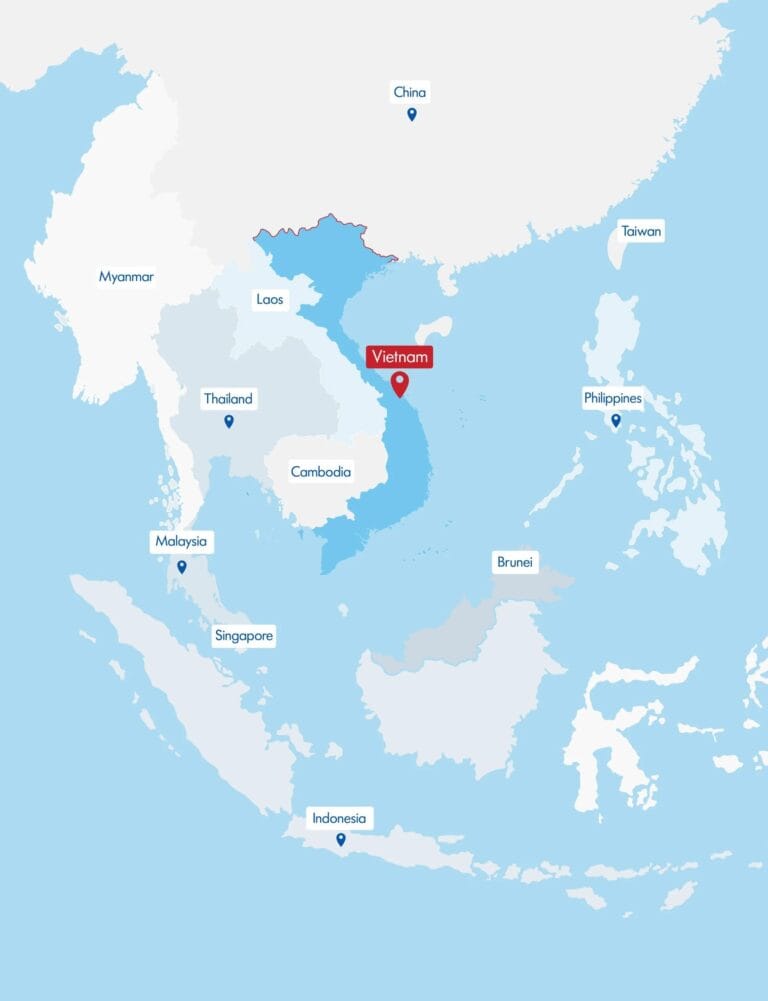ASEAN Rules-Based Order Tested in Manila
A new test of the ASEAN rules-based order is unfolding today in Bonifacio Global City, Manila, as the three-day Dialogue on ASEAN Maritime Security convenes officials, scholars, and coast-guard officers from every Southeast Asian capital—while Washington and Beijing remain outside the room.
The meeting’s public aim is “confidence-building,” yet a confidential annex circulated at 23:00 ICT on 20 May 2025 reveals a sharper purpose: empowering any single ASEAN state to file a diplomatic protest on behalf of all when a member’s ship is harassed, most urgently when Chinese coast-guard vessels employ high-pressure water-cannon tactics. If adopted, the mechanism would be the bloc’s first rapid, collective response to grey-zone coercion in the South China Sea—an arena where legal victories have so far failed to deter force.
What’s on the Table for the ASEAN Rules-Based Order
The draft annex grafts smoothly onto existing “hotline” protocols, framing participation as opt-in rather than unanimous. That design lets momentum build without the perennial veto threats from Cambodia or Laos, which have nonetheless signalled “reservations” rather than outright opposition. According to Vietnamese and Indonesian delegates, the text formalises three steps:
- Immediate Joint Protest within 24 hours of an incident;
- Shared Evidence Dossier compiled for arbitration or UN submission;
- Coordinated Messaging across ASEAN embassies to close narrative gaps that Beijing exploits.
Why the Timing Matters
Since March 2024 China has launched thirteen documented water-cannon attacks, transforming isolated flare-ups into a reputational risk for all ten members. Manila’s organisers argue that the region cannot wait for the slow-moving South China Sea Code of Conduct negotiations. As Jeffrey Ordaniel, the dialogue’s lead convenor, noted at 15:00 ICT on 20 May 2025, “ASEAN sovereignty erodes one unpunished incident at a time; a collective frontline is the only deterrent Beijing still respects.”
The proposal also dovetails with the wider push for South China Sea protest mechanisms and reflects growing frustration with China’s water-cannon tactics that blur the line between law-enforcement and military aggression.
First-Order Implications
- Symbolic Deterrence: Even a partial sign-on signals that grey-zone aggression against one ASEAN member will trigger many diplomatic spotlights—raising Beijing’s costs.
- Legal Layering: A shared evidence trail strengthens future arbitration cases, updating the 2016 Hague precedent.
- Alliance Dynamics: U.S. strategists privately back the move; a multilateral protest lowers the threshold for activating the U.S.–Philippines Mutual Defense Treaty without framing the clash as purely bilateral.
- Domestic Calculus: Cambodia’s and Laos’s final positions will telegraph how far Chinese economic leverage still shapes Mekong politics.
72-Hour Intel Watchlist
| Timestamp (local) | Signal to Track | Strategic Relevance |
|---|---|---|
| 19:00 ICT 21 May 2025 | Working-group vote on the protest annex | ≥7 signatures triggers immediate publication, locking momentum |
| 05:30 CST (UTC +8) 21 May 2025 | PLA hydrographic vessel HY473 40 nm NE of Scarborough Shoal; monitor for SW course | A south-west drift would stage a live incident to undercut the talks |
| 14:00 CST 21 May 2025 | PRC MFA press briefing; watch for phrase “illegal alliance” | Harsher rhetoric foreshadows retaliatory grey-zone moves |
| 09:00 ICT 22 May 2025 | Cambodian state-media coverage (or silence) | Silence beyond this window implies weaker internal resistance |
Bottom Line
Adopting the annex will not conjure an ASEAN coast guard, but it would prove that a nimble, ASEAN rules-based order can emerge from Southeast Asia itself—without great-power scripts. The real measure arrives the next time a Chinese water cannon fires: does the protest fly within 24 hours, and do ASEAN capitals echo it in unison? If yes, a long-dormant collective deterrent may finally be stirring.
Read more strategic context in our South China Sea flashpoints brief, and explore broader deterrence scenarios in the Strategic Ambiguity division.







